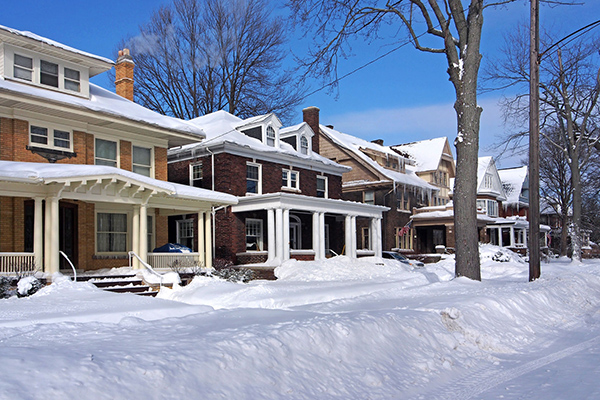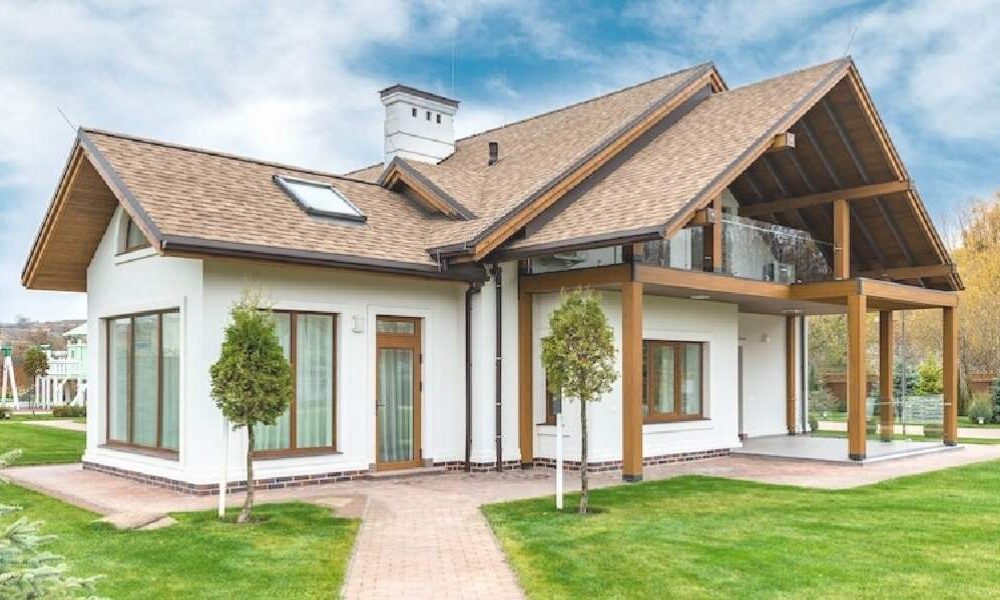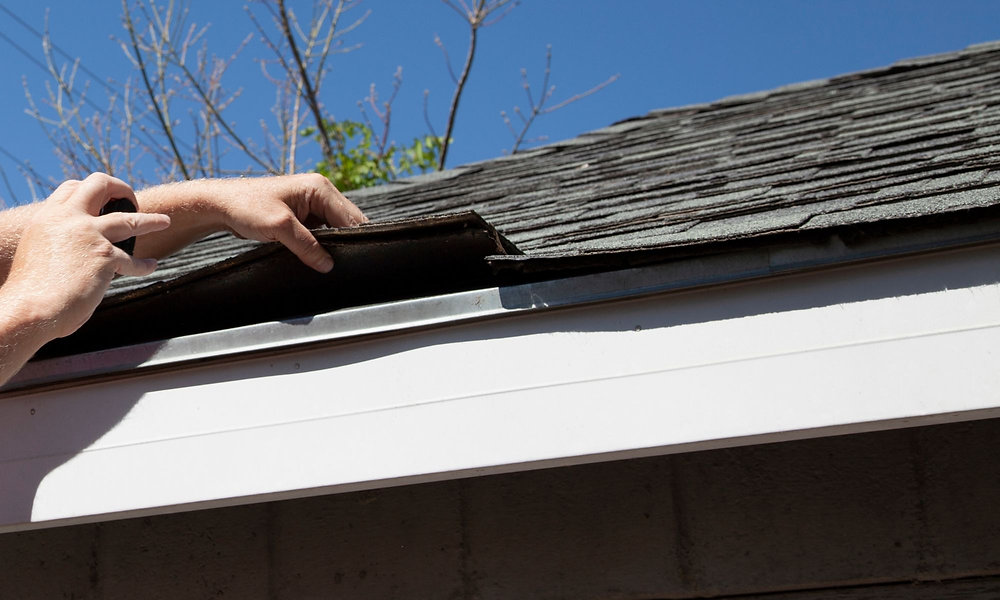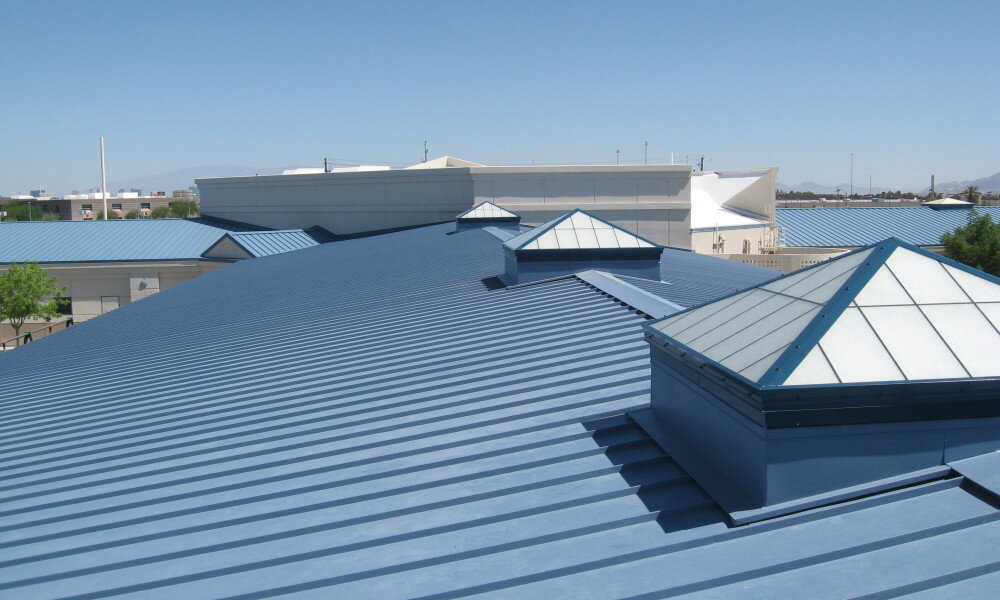When it comes to roofing, the weather plays a significant role in its longevity. Different climates can have varying effects on the lifespan of a roof. Understanding how the weather impacts your roof can help you make informed decisions about maintenance and replacement. In this article, we’ll explore how different climates can affect your roof.
Hot and Dry Climates
In hot and dry climates, roofs are exposed to intense sunlight and high temperatures. This can cause shingles to dry out and crack, leading to leaks and other damage. It’s essential to choose roofing materials that are designed to withstand these conditions, such as clay tiles or metal roofing. Regular maintenance is also crucial, including inspections for damage and cleaning to remove debris that can trap moisture and cause further damage.
Cold and Snowy Climates

Cold and snowy climates present unique challenges for roofs. Snow and ice can build up on the roof, leading to excess weight and potential damage. Ice dams can form along the edges of the roof, leading to leaks and water damage. Proper insulation and ventilation are essential to prevent ice dams and protect the roof from extreme cold. Roofs should also be inspected regularly for damage and repaired promptly to prevent further damage.
Wet and Humid Climates
In wet and humid climates, roofs are exposed to moisture and high humidity levels. This can lead to mold and mildew growth, which can cause significant damage to the roof and the home’s interior. Choosing roofing materials that are designed to resist moisture, such as asphalt shingles or metal roofing, can help prevent damage. Regular inspections and cleaning to remove debris and prevent moisture buildup are also crucial.
High Wind Climates

High wind climates can cause significant damage to roofs, including tearing off shingles and causing leaks. Choosing roofing materials that are designed to withstand high winds, such as asphalt shingles or metal roofing, can help prevent damage. Regular inspections and repairs are also essential to prevent further damage from high winds.
Understanding how different climates impact your roof can help you make informed decisions about maintenance and replacement. Choosing the right roofing materials and regular inspections and repairs can help prolong the lifespan of your roof and protect your home from damage. If you’re unsure about the best roofing materials for your climate, consult with a professional roofing contractor for guidance.




